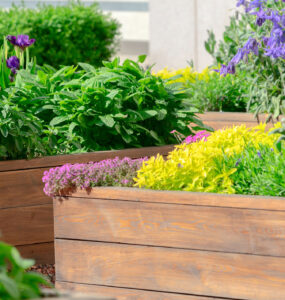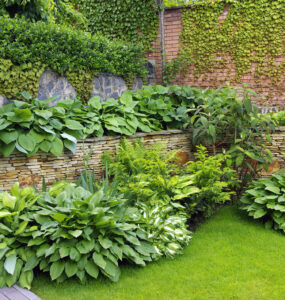
Top 3 Reasons your Succulents are Dying
By Rob Sproule
You watered it too much
Your soil is too sandy
It’s in the wrong spot
Succulents have become the new “it” plant. You’ve seen their jewel toned leaves staring back at you from magazine pages, craft stores shelves, and even at wedding guest tables.
As popular as they are, you’re not alone if you’ve brought one home, full of enthusiasm, only to watch it struggle. Succulents live by different rules than other plants. If you’ve had one die on you, there are a few things that might have happened:
You watered it too much.
This is cause of death #1. We can’t take our eyes off succulents, and who could blame us? We want to be around them, dote on them, water them. But what they really need is neglect.
If you have other houseplants it’s easy to put your succulents on the same schedule, but don’t. They need water every week-ish; wait for the soil to dry before watering again. In the winter, when they’re somewhat dormant, reduce to every two weeks-ish.
When you do water, water thoroughly. The roots like to be drenched and dry again (quickly) before seeing water again. You’ll need to give up doting and put the spray bottle away.
Drain the excess water from the saucer. Sitting in water is a death sentence. You also need well drained soil (although not pure sand like their thorny cousins).
Lastly, are your succulents tucked into a corner surrounded by ferns and other plants? They need ample air circulation for their leaves.
It’s not as hard as you think! Get Rob’s practical gardening tips every week.
Your soil is too sandy.
It’s a myth that you plant succulents in sand. While it has excellent drainage, sand has no nutrients. Succulents need more nutrients than cacti do in order to thrive.
Make sure your little plant has some peat moss (preferred) or even some orchid mix. About a half sand is important, but the rest needs to provide some nutrients while still forming lots of air pockets around the roots to help them dry.
Avoid using soil. It will turn into mud and wrap around the roots like an old wet glove. The delicate roots are near the surface, so to improve drainage (and get those roots drying quicker) layer some crushed rock at the bottom.
You don’t want materials that absorb water and effectively smother the roots in wet sponges. Ample “grit” will allow roots to dry, water to flow, and the peat moss will provide a few nutrients.
With so much grit, you’ll want to provide an extra “something-something.” Succulents don’t need much fertilizer, but will appreciate a half dose of All-Purpose (or a full dose of speciality succulent fertilizer) during the March to October growing season.
It’s in the wrong spot.
Grown inside, your succulent won’t notice much change in seasonal temps thanks to central heating. Ideally, however, they like to be warm and cozy in summer (21-25 C), and brisk in the winter (12-15 C). While not crucial for survival, these temps make for happy plants that will be more likely to bloom for you in the spring.
Tucking it near a window is the best indoor option we have for widening the summer/ winter temperature gap. A lot of people, assuming that all sunlight is created equal, put it right against a southern window. Glass intensifies UV intensity, and Your succulent becomes an ant under the magnifying glass and will scorch.
Windows are lovely, but pull it a foot away from a southern or western exposure. If you have an east or north, you tuck it right against. You’re aiming for 6 hours of sun a day; a tall order in January. Less light than that won’t kill it, but it may stretch.
















